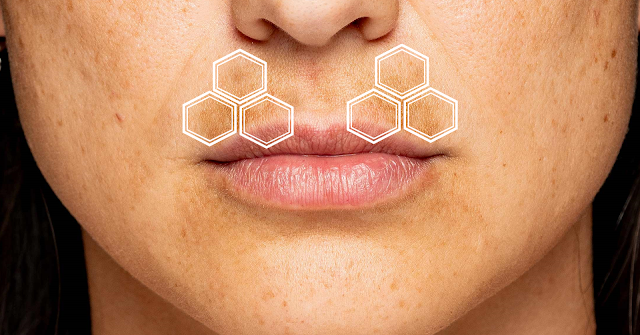What Is Melasma And Its Treatment
What Is Melasma And Its Treatment
What Is Melasma?
Melasma, also known as chloasma, is a common skin condition characterized by brown or gray patches on the face. These patches typically appear on the forehead, cheeks, nose, and upper lip and are caused by an overproduction of melanin, the pigment that gives color to the skin.
Women seem to be more likely than men to develop melasma.
Symptoms Of Melasma
The main symptom of melasma is the appearance of brown or gray patches on the skin, usually on the face. These patches are typically symmetrical and have a distinct border. In terms of size and shape, the patches can vary and may be:
- Tan, brown, or gray in color
- Irregular in shape
- Located on the forehead, cheeks, nose, or upper lip
- More noticeable in the summer months or after exposure to sunlight
- Associated with hormonal changes, such as pregnancy or the use of hormonal birth control
- In addition to the appearance of the patches, some people with melasma may also experience itching or a burning sensation in the affected areas
Causes Of Melasma
Melasma is caused by an increase in the production of melanin, the pigment that gives color to the skin. Several variables that may lead to this, like:
Hormonal Changes
Hormonal changes can be a cause of melasma because they can stimulate the production of melanin, the pigment that gives color to the skin. Specifically, an increase in the production of estrogen and progesterone can trigger the overproduction of melanin in the skin, leading to the development of melasma. This is why melasma is more common in women than in men, as hormonal changes associated with pregnancy, birth control pills, or hormone replacement therapy can all trigger the condition.
Sun Exposure
Sun exposure is one of the main factors that can cause or worsen melasma. When the skin is exposed to the sun, it produces more melanin in an attempt to protect itself from UV damage. This increased production of melanin can lead to the formation of dark patches on the skin, particularly in areas that are exposed to the sun, such as the face, neck, and hands.
- Wearing proper safety equipment, such as helmets and long-sleeved shirts.
- The usage of broad-spectrum sunscreen with an SPF of 30 or higher.
- Avoiding sun exposure between 10 a.m. and 2 p.m., which is usually peak period.
- Seeking shade when outdoors.
- Using a wide-brimmed hat to protect the face and neck.
Medications
Certain medications can cause or worsen melasma in some people. These medications include:
Hormonal Medications: Hormonal medications, such as birth control pills, hormone replacement therapy, and some fertility drugs, can trigger melasma in some women.
Photosensitizing Medications: Some medications, such as antibiotics, antifungals, and anticonvulsants, can make the skin more sensitive to UV light, increasing the risk of developing melasma.
Chemotherapy Drugs: Certain chemotherapy drugs can cause hyperpigmentation or darkening of the skin, which can be similar to melasma. Consult your healthcare provider before altering medications possibly contributing to melasma. They may be able to adjust your dosage or prescribe an alternative medication that does not increase your risk of developing melasma.
Additionally, people with melasma should take steps to protect their skin from the sun, as exposure to UV light can worsen the condition.
Genetics
Genetics can play a role in the development of melasma, as people with a family history of the condition are more likely to develop it themselves. However, the exact genes that contribute to melasma are not fully understood.
One theory is that certain genes may be involved in the regulation of melanin production, which can increase the risk of developing melasma. Genetic variations may influence skin’s UV light response, potentially increasing melasma risk.
Treatment Of Melasma
Melasma can be a challenging condition to treat, and there is no cure. Various treatments can manage melasma and diminish dark patches on the skin.
These treatments include:
Topical Medications
Topical medications, such as hydroquinone, tretinoin, and azelaic acid, can help to lighten the skin and reduce the appearance of dark patches. These medications are often used in combination with other treatments for best results.
Chemical Peels
Chemical peels involve the application of a chemical solution to the skin, which exfoliates the top layer of skin and can help to reduce the appearance of dark patches. Different types of peels may be used, depending on the severity of the condition and the individual’s skin type.
Microdermabrasion
Microdermabrasion exfoliates skin’s top layer, enhancing its appearance. skin’s texture and appearance. This treatment can be used to help reduce the appearance of dark patches caused by melasma.
Laser Therapy
Laser therapy targets skin pigmentation by breaking up melanin using a laser. This can help to reduce the appearance of dark patches and even out the skin tone.
Sun Protection
Protecting the skin from the sun is essential in managing melasma. Applying SPF 30+ sunscreen, wearing protective clothing, and avoiding peak sun hours can reduce the risk of new dark patches.

